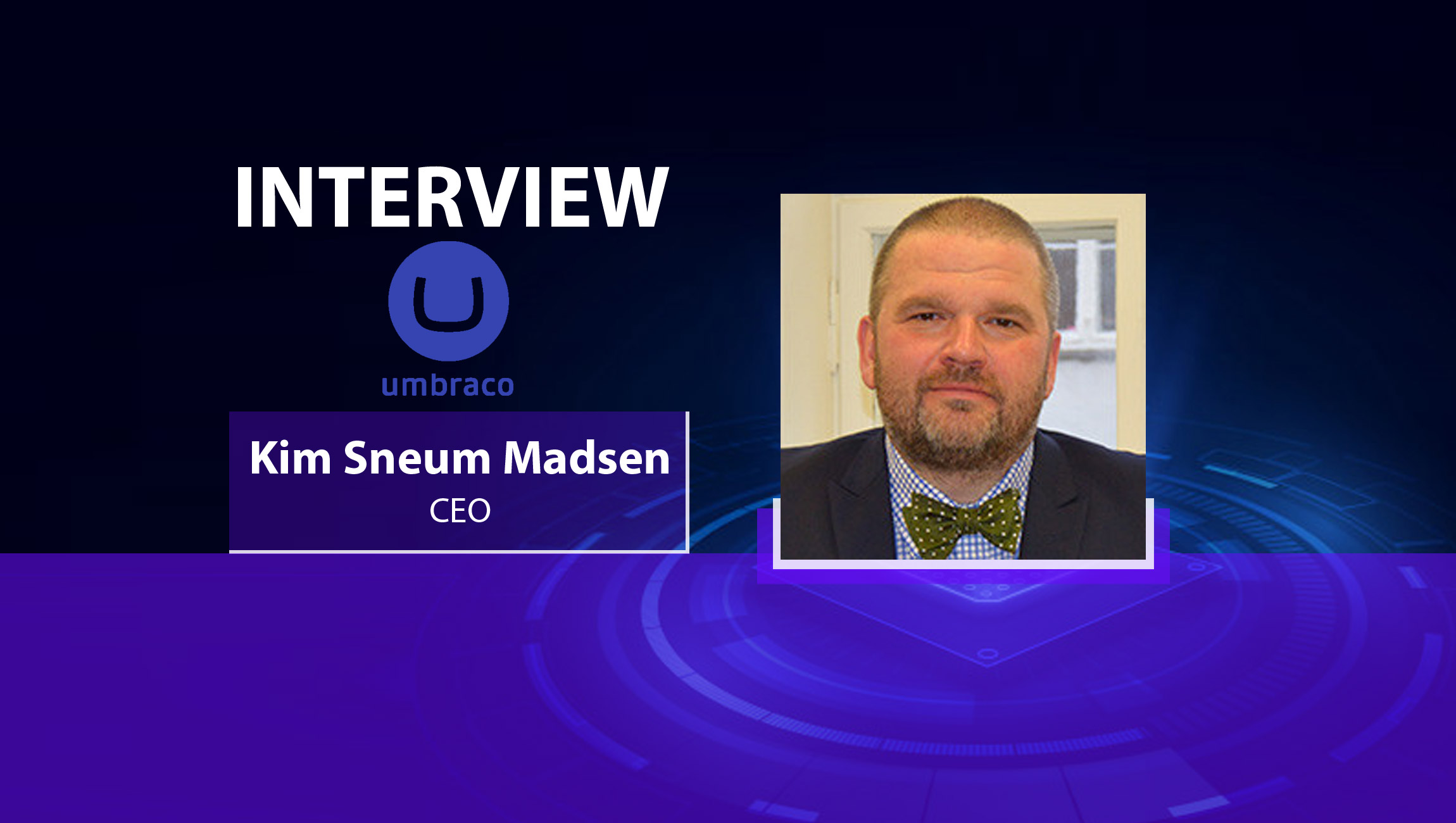There’s gap between understanding your customers’ actual service experience and the experience you believe your customers are having. Understanding why this is disconnect is happening, the consequences it has for your business, and how you can solve it are critical during this period of digital transformation.
You likely intend for your customers’ issues to be resolved in one customer service channel, but the reality is customers often reach out across multiple customer service channels to get their issue resolved. According to research published by Execs in the Know in 2020 Corporate Insights and Initiatives, nearly half of the time a customer uses a multi-contact approach for their service issue is because support channels aren’t meeting their needs. Moreover, 75% of consumers expect consistent interactions across all departments, but 58% say that they feel like they’re communicating with separate departments and not one company.
Marketing Technology News: Alliance Develops Shared Diversity and Inclusion Goals
Creating a seamless online experience for your customers is more important than ever. As Harvard Business Review found, delighting your customers doesn’t build loyalty; reducing their effort—the work they must do to get their problem solved—does. It’s crucial to close the gap between the understanding of the actual customer service experience and the intended customer experience.
Before we address the gap, you may be wondering, how did it happen in the first place? The gap can occur for several reasons. It’s possible you have siloed support teams with different support tools, reporting, and KPIs. Or what about a lack of insight to where your customers are likely to begin their service journey based on their issue? Or possibly misunderstanding the true customer effort required in service journeys? The list is endless.
Unfortunately, all of these reasons can result in unnecessary costs, increased confusion, and ultimately, a poor customer experience. To avoid those outcomes and close the customer experience gap, follow these three tips:
1. Pinpoint where and when your customers struggle.
The key to meeting your customers’ expectations is anticipating their needs before they reach out with a question. In addition to making it easier for your customers to get information and complete transactions, it also eases the burden on your support agents, enabling them to focus on high-value inquiries.
To identify where their struggles occur, get started by talking with the subject matter experts in your contact center about repetitive inquiries or common roadblocks in the customer journey. Ask them to document the most frequent type of requests they receive: Return policy inquiries? Questions about shipping times? How similar products compare? Check-in with your marketing team to see what campaigns may be underperforming. Is it one type of product or one particular promo code? Get curious. Combine this information with your website analytics to determine when and where your customers struggle.
Once you determine where and when they hesitate or abandon the experience, you’ll understand what could be soiling your customer service and act to create a seamless customer experience.
If you provide a frictionless experience–one that removes anything that impedes your customers from completing their journey–you’ll create loyal, lifelong customers who are less likely to abandon and more likely to recommend your company.
2. Be ready to serve your customers whenever, wherever they struggle.
You should be prepared to engage and deliver for your customers wherever they are. By better understanding where customers begin their service journeys based on their issue, you can ensure the channels you have in place are capable of solving their issue with a single contact.
The truth is, more than 70% of customer interactions for a single issue take place within a longer, multi-contact journey; however, companies believe this number is more like 40%. Multiple interactions with a company can lead to increased customer frustration. According to recent data published by Execs in the Know, after two interactions, customer satisfaction drops by 37%, and after three, customer satisfaction drops by 60%. Even worse? 68% of consumers abandon their experience all together after two interactions.
By capturing questions, feedback, frustrations, and praise along with the specific page where the struggle occurred–across millions of contact center engagements–you can consistently improve your customers’ online experience.
3. Employ guidance to avoid struggle all together.
Consumers are bombarded with information online—and too much information can be overwhelming. To keep your customers engaged and satisfied, you need to guide customers and give them the assistance they need—even before they know they need it.
Cut through the noise and guide your customers at their point of need exactly when they need it. Contextual guidance can allow you to provide the proactive communication your customers expect and eliminate struggle without requiring the involvement of an agent. Implementing guidance helps customers resolve basic issues themselves while maintaining some form of live interaction for escalations, putting you in the best position to increase conversions and build brand loyalty.
Marketing Technology News: MarTech Interview with Clarence Kam, Chief Product Officer at JW Player
The businesses that exceed their customers’ expectations will be the ones who close the customer experience gap by providing flexibility and guidance. Use these tips to create a customer experience that is more closely aligned with what your customers want and build your customer loyalty one experience at a time.












Comments are closed.